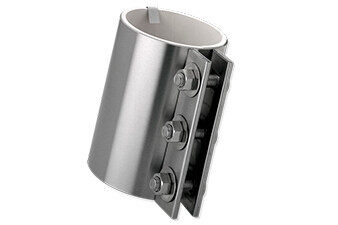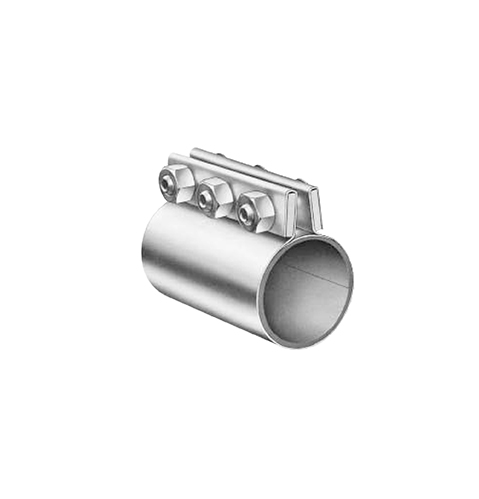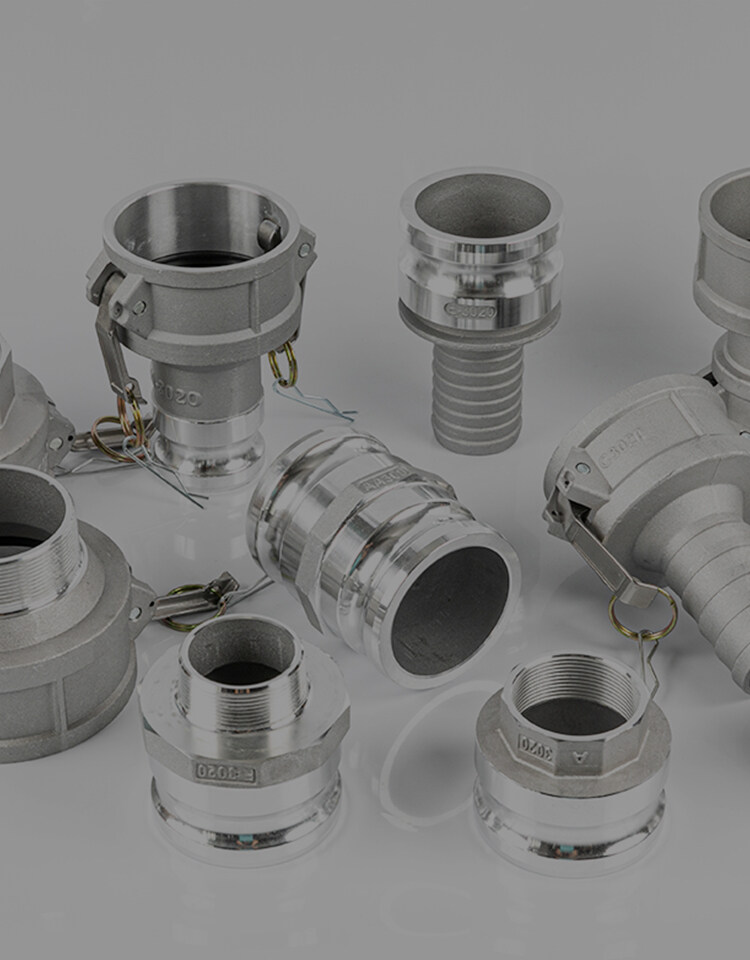Email format error
Email cannot be empty
Email already exists
6-20 characters(letters plus numbers only)
The password is inconsistent
Email format error
Email cannot be empty
Email does not exist
6-20 characters(letters plus numbers only)
The password is inconsistent

News
Here, you can describe a piece of text you want to express

Exploring Bolted Sleeve Couplings: Types, Shaft Coupling Bolts, and Hydraulic Applications
Bolted sleeve couplings are widely used in various industries for connecting shafts and transmitting torque. In this blog post, we will delve into the world of bolted sleeve couplings, discussing different types such as bolted sleeve type couplings and bolted split sleeve couplings. We will also explore the importance of shaft coupling bolts and the applications of bolted couplings in hydraulic systems. Understanding these aspects will help you make informed decisions and select the right bolted sleeve coupling for your specific needs.
Bolted Sleeve Couplings: A Reliable Connection
Bolted sleeve couplings provide a secure and robust connection between two shafts. They consist of two flanges or sleeves that are bolted together, creating a tight and rigid connection. These couplings are commonly used in applications where precise alignment and high torque transmission are required, such as in industrial machinery, pumps, and compressors.
Bolted Sleeve Type Couplings: Ensuring Alignment and Torque Transmission
Bolted sleeve type couplings are designed to ensure precise alignment and efficient torque transmission. They feature a solid sleeve with bolt holes on both ends, allowing for easy installation and disassembly. These couplings provide excellent torsional rigidity and can accommodate angular misalignment between shafts. Bolted sleeve type couplings are commonly used in power transmission systems, including generators, turbines, and heavy-duty machinery.
Bolted Split Sleeve Couplings: Facilitating Easy Maintenance
Bolted split sleeve couplings offer the advantage of easy maintenance and replacement. They consist of two split sleeves that are bolted together around the shafts. This design allows for quick disassembly and access to the shafts without the need to move or realign the connected equipment. Bolted split sleeve couplings are commonly used in applications where frequent maintenance or shaft replacement is required, such as in conveyor systems or large rotating equipment.
Shaft Coupling Bolts: Ensuring Secure Connections
Shaft coupling bolts play a crucial role in the performance and reliability of bolted sleeve couplings. These bolts are responsible for holding the coupling components together and transmitting torque between the shafts. It is essential to select high-quality bolts that can withstand the required torque and provide a secure connection. Regular inspection and maintenance of the bolts are necessary to ensure the integrity of the coupling.
Bolted Couplings in Hydraulic Systems: Efficient Power Transmission
Bolted couplings find extensive use in hydraulic systems for transmitting power and controlling fluid flow. These couplings are designed to withstand high pressures and provide leak-free connections. They are commonly used in hydraulic pumps, cylinders, and valves, where reliable and efficient power transmission is critical. Bolted couplings in hydraulic systems require proper installation and regular maintenance to ensure optimal performance and prevent leaks.
Conclusion:
Bolted sleeve couplings, including bolted sleeve type couplings and bolted split sleeve couplings, offer reliable and efficient solutions for connecting shafts and transmitting torque. The selection of appropriate shaft coupling bolts is crucial for ensuring a secure connection. In hydraulic systems, bolted couplings play a vital role in power transmission and fluid control. By understanding the different types of bolted sleeve couplings and their applications, you can make informed decisions and ensure the success of your machinery and equipment. Regular inspection and maintenance of bolted couplings are essential to ensure their longevity and optimal performance.

